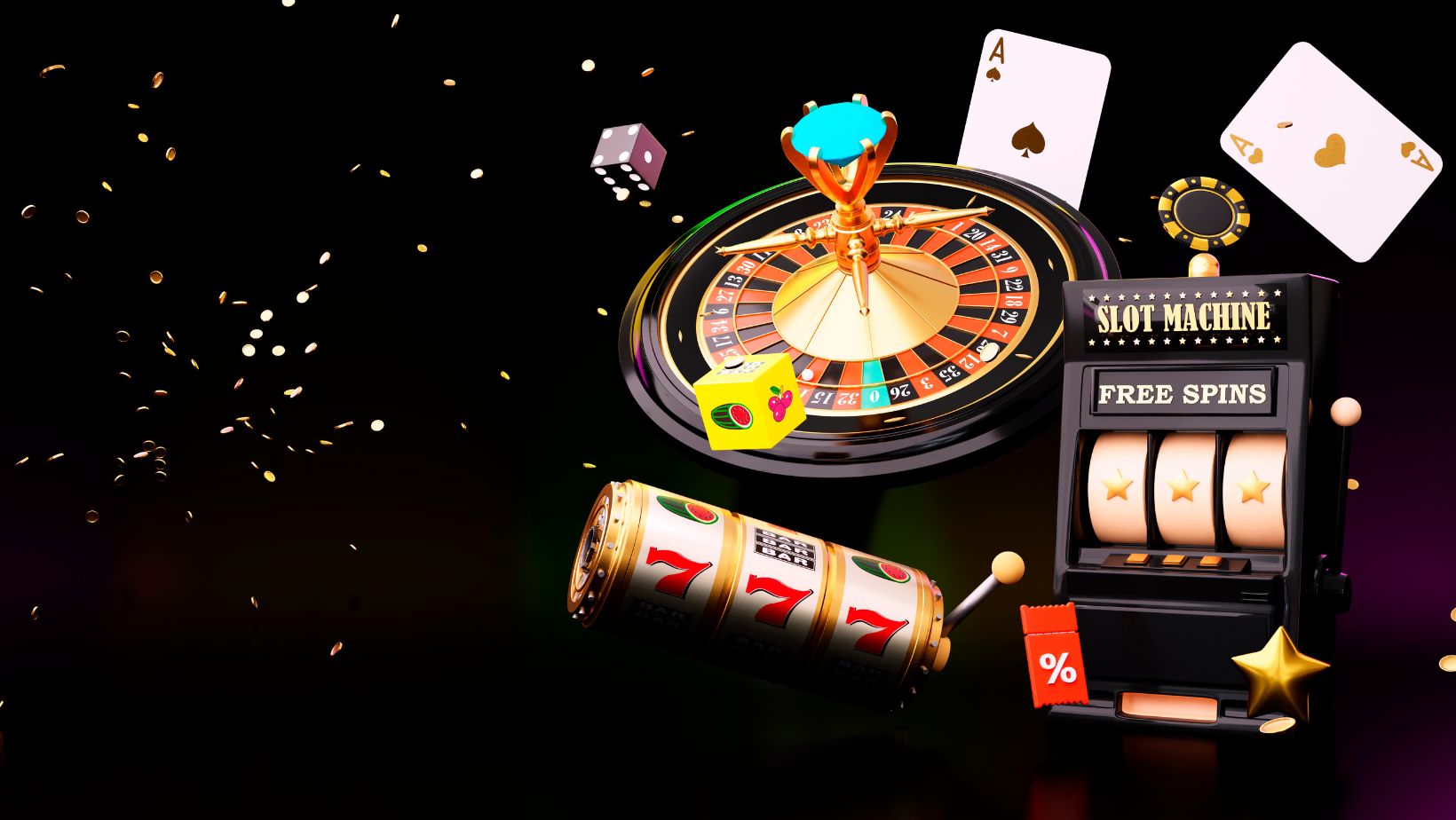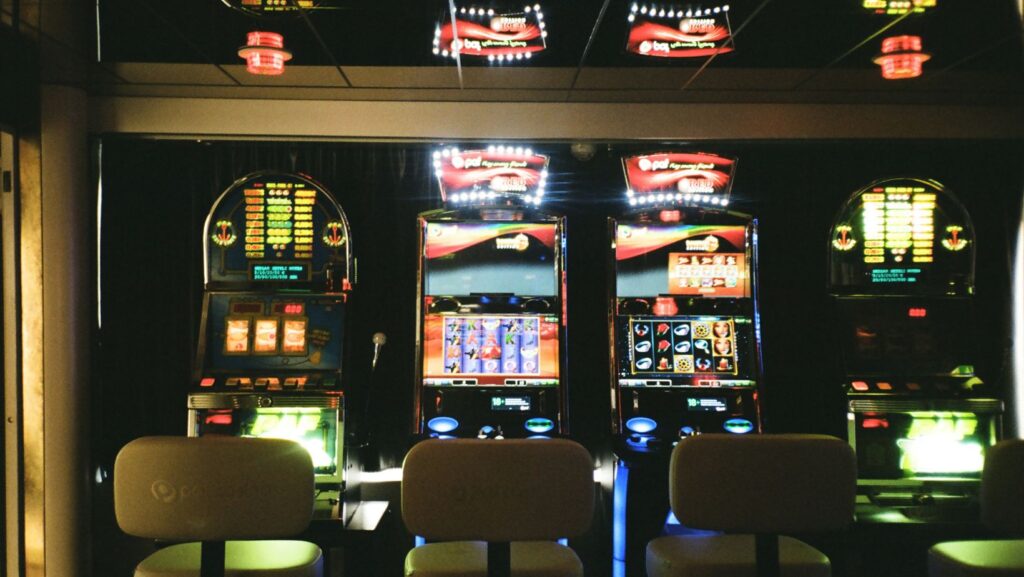Gambling has traditionally been described as a “game of chance.” It is something that draws upon a feeling of thrill, uncertainty, and excitement that we find with other people. Almost 80 percent of adult Americans gamble in their lifetime. Psychologists debate why gambling is first fun but thereafter an addiction for others.
Psychologists are still unsure about why gambling is first a fun escape but becomes an addiction for other people. What drives players to continue to place bets once the excitement has faded? Why persist in games clearly stacked against them?
I have been researching addiction for 15 years. I work in the brain to find out why gambling is so addictive. Many game designs hide important elements. Slots in Las Vegas and online platforms like Vave Casino Canada both use these hidden tricks. They rely on psychological triggers to keep players interested. These mental triggers can appeal to casual players as much as they do to people facing gambling addiction.
Uncertainty: The Brain’s Favorite Gamble
People know gambling for its uncertainty. This includes the size of jackpots and the chances of winning. The lure of unpredictability is central to gambling’s magnetic pull.
Research has shown that gambling triggers the brain to release dopamine-like drugs. Gambling and suspense can change the brain over time, like drugs. Over time, these reward circuits can get too much stimulation, much like in drug dependence.
Seeing gambling and uncertainty often can alter how you handle losing. For those struggling with gambling addiction, losses can spark powerful dopamine rushes. The brain can react to a loss almost as intensely as it does to the euphoria of a win. This chemical response makes them keep spinning, chasing the temporary potential for winning. Instead of feeling disappointed and quitting, they want to chase their losses. We call this chasing losses.
Lights and Sounds Egg You on
Winning sounds — such as jingles whose melodies vary by jackpot sizes — heighten tension and tension. They also make players feel like they are winning more often than they actually are. They do not thrill, they keep players around and play quicker.

Feeling like a winner while you’re losing
Since the house always holds the advantage, genuine victories are few and far between. Yet, casinos have engineered ways to make losses feel like victories. Slot machine manufacturers and game designers renovated slot machines over the course of decades. Casinos replaced the old levers and whirring reels with new electronic gaming machines. Modern digital slots and sites lure players with vivid graphics and surround sound.
This strategy allows a player to win on some lines but lose on others. As a result, players often finish with less money than they started with. Even so-called “wins” can leave them behind — a tactic known as losses disguised as wins. These moments are still celebrated with bright lights and joyful sounds. They help create the feeling of success.
Players favor multi-line slot machines because they bring more fun. Multi-line slots can lead to “dark flow.” This is a trance-like state where players become deeply absorbed in the game. Sometimes, this focus lasts for hours.
Almost: Near-miss Effect and Chasing Your Losses
Electronic gambling machines are changing how people play games. Players aren’t tied to the physical layout of outcomes on each reel anymore. Now, developers program outcomes on virtual reels. Gaming designers can stack the deck. This makes some events happen more often than others.
This effect also includes near-misses, when a reel halts one symbol away from a jackpot. The near-miss experiences activate regions in the brain relevant to winnings. The near-misses enhance the urge to play more, especially among susceptible gamblers.
Almost winning sparks a bigger desire to play than winning does. Near misses are very motivating. They deepen player engagement, prompting many to stay at the machine far longer than they intended. A person’s gambling addiction severity is linked to the size of the dopamine response to a near miss.
Gambling and its Games
The very minute you gamble for fun, you’re not facing the odds. You’re also competing against a sly opponent who cheats and deceives. Games of chance strive to keep gamblers playing for more time. They want players to feel like they did better than random luck. This creates a misleading sense of skill.
Still, gambling is far from being an innocent pastime or a roll of the dice in hopes of good fortune. A gambling disorder affects an estimated 2 percent of Americans. Compulsive gambling can ruin lives.


More Stories
Slot Gacor Maxwin: Try QRIS Depo 5K, Highest RTP 98%!
Unstable Diffusion: An Uncensored Deep Dive into the AI Art Generator
How to Fix Weak 5G Signal: Real-World Ways to Get Faster, More Reliable Connectivity